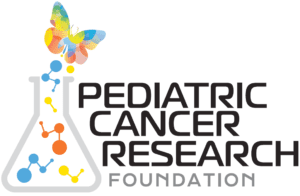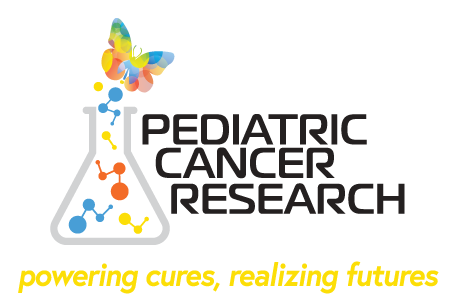By Amanda Saratsis, MD | May 3, 2023
Since the overall cure rate for childhood cancer has risen to nearly 80 percent, there are today more than 400,000 survivors alive in the US. Not so long ago, pediatric oncologists focused solely on advancing cures. Today, scientists are ever more attentive to the side effects of treatments and our best chances for averting the worst consequences of care. This interest has given rise over the past decade or so to clinical programs intended specifically for survivors of pediatric cancer. These programs promote and maintain the health of childhood cancer survivors by identifying and treating emerging medical issues well before patients experience any symptoms and also promote overall good health. Their creation not only represents inventive and passionate problem solving; it is also a significant advancement and one, which not surprisingly, also has its challenges.

Common Challenges Experienced By Pediatric Cancer Survivors
To understand the significance of these programs it may first be helpful to take a step back. While we are all thankful for the increased survival rates that have resulted from improved childhood cancer treatment, it is now almost common knowledge that the radiation, chemotherapy and surgery typically used to treat childhood cancers often lead to what are termed late effects of treatment. As many as two-thirds of childhood cancer survivors will have at least one long-term complication from treatment, and one quarter will have a severe, life-threatening complication.
These effects may be physical, psychological or both and could include*:
- Cardiopulmonary (heart abnormalities, reduced lung function)
- Musculoskeletal (scoliosis, asymmetry of bone or soft tissues)
- Dental (short roots, missing teeth)
- Eyes (cataracts)
- Nephrology (kidney disease, hypertension)
- Endocrine (growth failure, thyroid hypofunction, infertility)
- Neurocognitive (learning disabilities, memory loss)
- Psychological (depression, post-traumatic stress)
- Second cancers/tumors, benign or malignant

Long-term Care for Survivors
The good news is that the past decade has seen a wellspring of clinical programs designed specifically to address survivorship. They have emerged across the nation, mostly at specialty medical centers where multidisciplinary care is provided. Here, survivors gain access to experts in all areas of childhood healthcare with extensive experience in managing the complications of childhood cancer.
In addition to monitoring and treating long-term complications, these clinics counsel patients on health promotion activities to decrease the risk for developing complications and provide tips for healthy behaviors that can help survivors maintain the best possible physical functioning and quality of life.
While no two programs are the same, they typically include general cancer survivorship clinics; clinics for survivors specifically of brain tumors or hematologic malignancies; programs focused on the endocrine late effects of cancer therapy; fertility preservation programs; multidisciplinary cancer survivorship clinics; and transition clinics for young adult cancer survivors. Often, pediatric cancer survivors will work with a specialty clinic on an annual basis and in close cooperation with their general practitioner or pediatrician. Patients are encouraged to stay engaged with these clinics for years following their cancer experience, for assessment and monitoring and to gain help managing any long-term complications from previous cancer treatments.

Overcoming Disparities and Barriers to Pediatric Cancer Survivorship Care
The challenge – or opportunity, depending on how you see it – is that there are barriers to providing all childhood cancer survivors access to the type of care described above. A recent meta-analysis commissioned by the National Cancer Institute (NCI) identified 110 studies that addressed disparities, barriers to survivorship care, proposed strategies, evaluated interventions, and ongoing studies in childhood cancer survivors. Through this work, the most commonly studied sources of disparities effecting survivorship care were biological sex and insurance. Major barriers to care identified in these studies included providers (insufficient knowledge / awareness), the health system (availability of services) and payers (network adequacy). While some research has addressed disparities and barriers to survivorship care for childhood cancer survivors, evidence-based interventions to address these disparities and barriers to care are limited. There is great need for further research in this domain in order to improve access to pediatric cancer survivorship care, as more and more children survive their disease and experience late effects of their treatments.
Conclusion
Along with the constant push for improved treatments that are safer and more effective, we need to align as a community of cancer-fighters and care providers to agree on objectives and strategies for making quality survivorship as urgent a priority as accelerating breakthroughs.
*Source: https://www.chop.edu/conditions-diseases/late-effects-pediatric-cancer
Amanda Saratsis, MD
Board Member, Scientific Affairs
Jeri Wilson
Executive Director, CSPG





